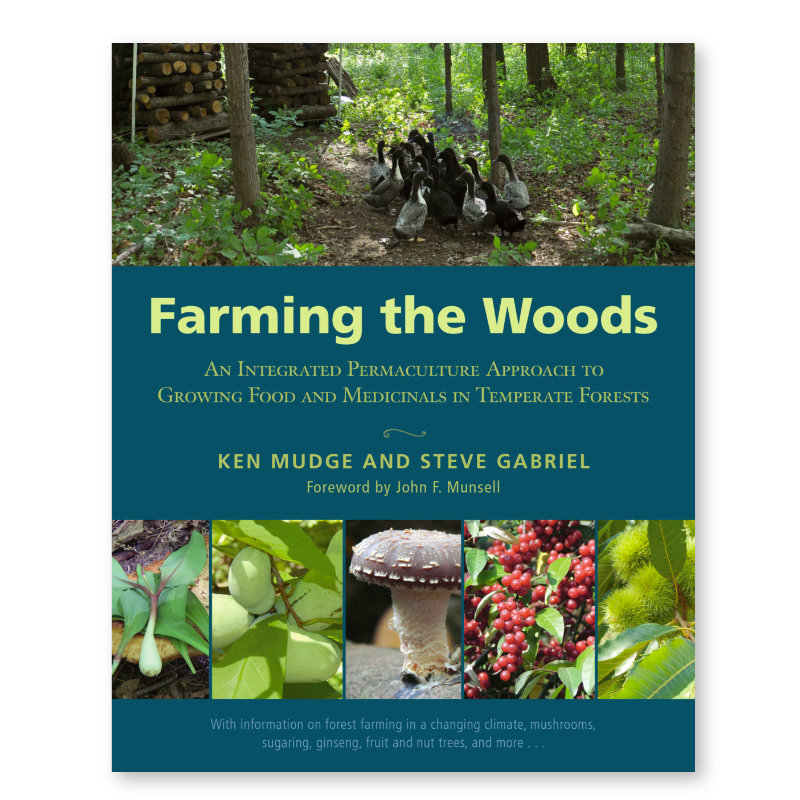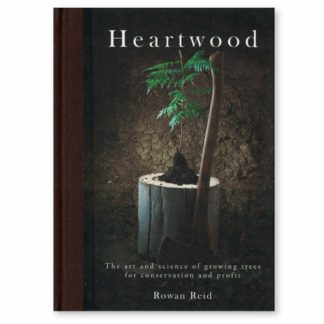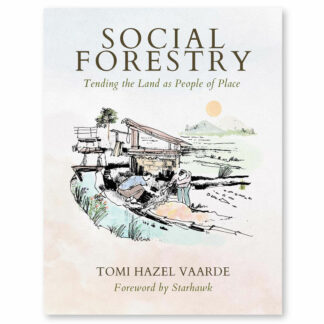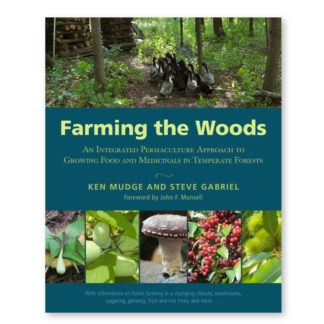Description
Farming the Woods invites a remarkably different perspective: that a healthy forest can be maintained while growing a wide range of food, medicinal, and other non-timber products. While this concept of “forest farming” may seem like an obscure practice, history indicates that much of humanity lived and sustained itself from tree-based systems in the past; only recently have people traded the forest for the field. The good news is that this is not an either-or scenario; forest farms can be most productive in places where the plow is not: on steep slopes, and in shallow soils. It is an invaluable practice to integrate into any farm or homestead, especially as the need for unique value-added products and supplemental income becomes more and more important for farmers.
Farming the Woods is the first in-depth guide for farmers and gardeners who have access to an established woodland and are looking for productive ways to manage it. Authors Ken Mudge and Steve Gabriel describe this process as “productive conservation,” guided by the processes and relationships found in natural forest ecosystems.
Product Details
Published 2014
Chelsea Green Publishing
Softcover, colour photos and illustrations throughout, 384 pages.
ISBN: 9781603585071




Reviews
There are no reviews yet.